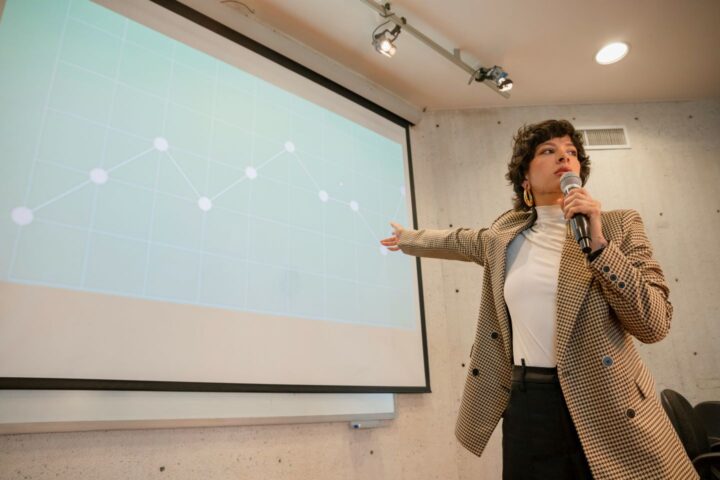Overcoming Traditional Fabrication Challenges
Diamonds are renowned for their exceptional properties, including unparalleled thermal conductivity, high carrier mobility, and optical transparency. However, their inert nature and rigid crystal structure pose significant challenges in fabrication and mass production. The HKU research team, led by Professor Zhiqin Chu and Professor Yuan Lin, has successfully overcome these challenges with their innovative edge-exposed exfoliation method.
Rapid and Scalable Production of Ultrathin Diamond Membranes
This revolutionary technique allows for the rapid production of free-standing diamond membranes, surpassing traditional methods that are expensive, time-consuming, and limited in size. Notably, the new process can produce a two-inch diamond wafer in just 10 seconds, setting a new benchmark for efficiency and scalability in the field.
Envisioned Industrial Applications
The ultra-flat diamond surfaces and flexible membranes enable new possibilities for next-generation flexible and wearable electronic and photonic devices. The research team envisions significant industrial applications in electronics, photonics, mechanics, thermics, acoustics, and quantum technologies.
Commercialization and Collaboration
Professor Chu expressed his hope to promote the usage of high-figure-of-merit diamond membranes in various fields and to commercialize this cutting-edge technology. The team is eager to collaborate with academic and industry partners to bring this revolutionary product to market and accelerate the arrival of the diamond era.
The Future of Diamond Fabrication
This breakthrough innovation has the potential to transform the semiconductor industry and unlock new possibilities for diamond-based technologies. As the research team continues to refine their technique and explore new applications, the future of diamond fabrication looks brighter than ever.

















